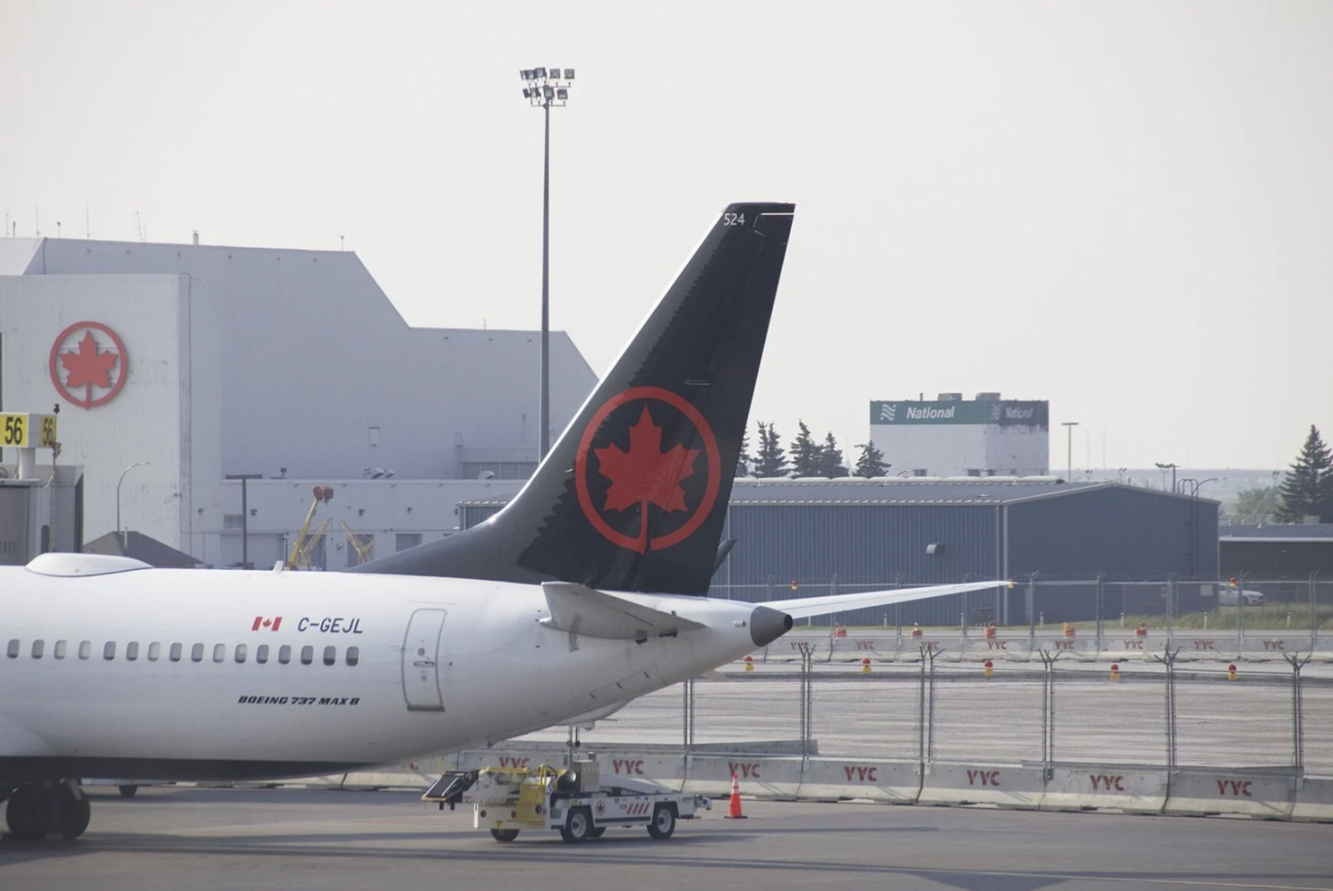Toronto — Air Canada is set to expand its international network in 2026 with the arrival of a new Airbus A321XLR, a next-generation aircraft that will enable the airline to open new long-haul routes and strengthen its presence in European markets.
The first of the A321XLR aircraft is expected to begin service by summer 2026, following a period of testing and certification early next year. The new aircraft will allow Air Canada to reach destinations that were previously not economically viable for long-haul operations using larger jets.
Among the first new destinations announced is Palma de Mallorca, a Spanish island in the Mediterranean, which will join Air Canada’s network in June 2026. In addition, flights will launch from Montréal to Toulouse, France, Dublin, Ireland, and Edinburgh, Scotland, as part of the carrier’s expanded European offering.
According to Alexandre Lefevre, Air Canada’s Vice-President of North American Network Planning and Scheduling, the airline has been analyzing route data for years to strategically deploy the A321XLR. “When you’ve got a tool like the A321XLR that’s completely different from the tools you’ve got in your toolbox today, that opens up new markets that today you cannot viably and profitably open,” he said.
The A321XLR, which will also serve select domestic and North American routes from Toronto, Montréal, and Western Canada, offers several advanced features. With a maximum seating capacity of 244 passengers, the aircraft is designed for efficiency and comfort, featuring larger overhead bins, lie-flat seats, and increased fuel capacity for extended range. Its improved turnaround times will support faster boarding and on-time departures, enhancing the overall customer experience.
The introduction of the A321XLR marks a significant step in Air Canada’s strategy to modernize its fleet, replace older aircraft, and broaden its global footprint with lower operating costs and greater route flexibility.


